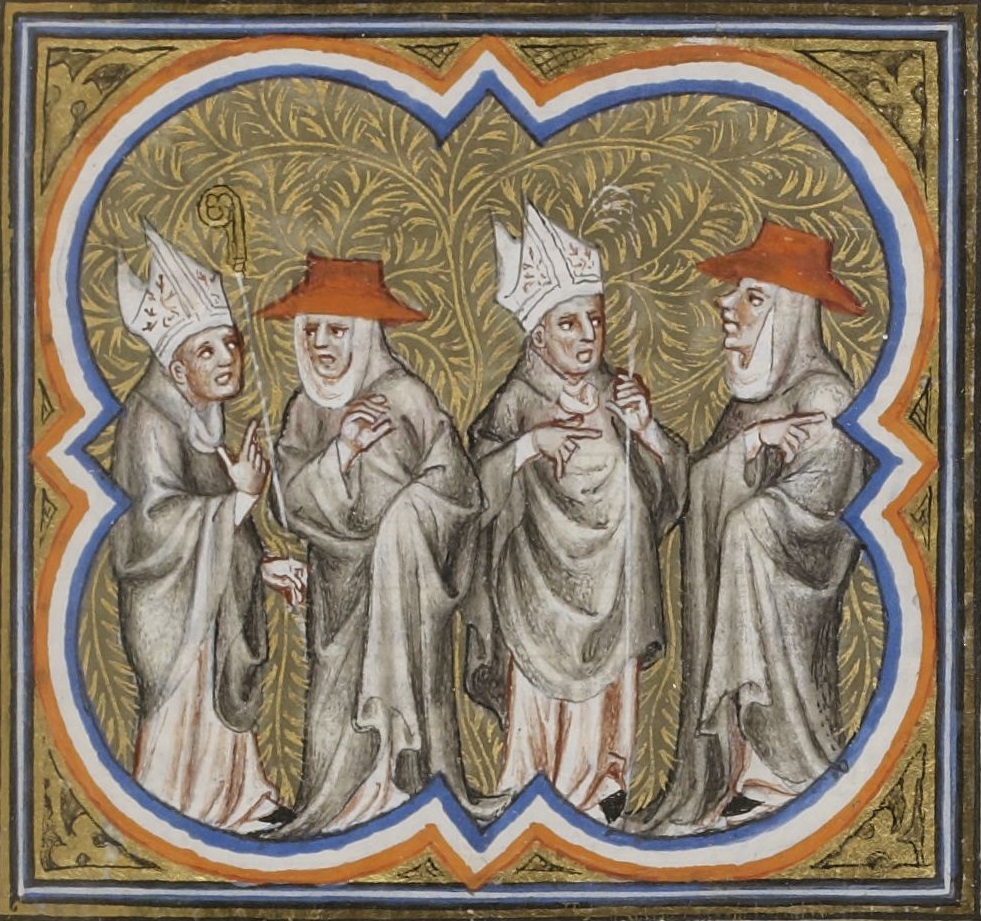(ZENIT News / Rome, 29.11.2022).- Half a million Catholics of India are on the verge of a schism with the Church and the Pope over conflicts regarding the Liturgy.
As we reported in an article of April 2022, in August of 2021 the Catholic Church of Siro-Malabar Rite approved some changes in the Liturgy of this Eastern Rite of the Church and extended to Easter 2022 the date for the coming into force of those changes.
Part of the approved changes had to do with the way the Mass is celebrated in the Siro-Malabar Rite (Holy Qurbana). This divided the community, the most numerous of Catholics in India. The division became acute for a reason: Cardinal George Alencherry’s Vicar, Monsignor Antony Kariyil, expressed his opposition to the new liturgical dispositions and the greater part of the Catholic population of the Ermakulam-Angamaly diocese supports the Vicar.
Seven months after the coming into force of the new Liturgy approved by the Catholic Siro-Malabar Synod, 460 priests and at least half a million Catholics demand that the liturgical form prior to the approved reform be considered a “liturgical variant.” They even invaded and stayed overnight in the Archbishop’s house in Kochi, economic capital of the Indian State of Kerala, in the South of the country, which is where this Catholic Eastern Rite has its headquarters.
“Our people, including the priests, will not move from the Archbishop’s house until our demands are recognized,” said Riju Kanjookaran, spokesman of the Archdiocesan Movement for Transparency (AMT), the local digital means “Matters India.” The protestors are not allowing the Apostolic Administrator, Archbishop Andrews Thazhath, to enter any dependency of the Archbishopric.
“We have been imploring justice from the Vatican and from the Synod of the Siro-Malabar Church, but both are inflexible in their egos instead of listening to us. How much longer can we continue like this? There should be an end inside or outside,” one of the protestors said to the same source.
In fact, at the end of March 2022 the Pope expressed his support for the liturgical reforms to the Major Archbishop of the Siro-Malabar [faithful] through the then Prefect of the Dicastery for the Catholic Oriental Churches, Cardinal Leonardo Sandri. In a letter of the Pope to the Cardinal, he laments that “after November 28, 2021, date chosen for the implementation of the Holy Qurbana,” and despite the fact that 34 Eparchies (the rest of those that make up this rite of the Catholic Church) “carried out the synodal decision,” the “Archeparchy of Ernakulam-Angamaly (. . . ) continued affirming its own “liturgical particularity, fruit of reflection but isolated from the rest of the Siro-Malabar Church.”
And he added in the missive that he sent at the time: “It’s good that as believers in Christ we question ourselves on our way of acting, of expressing disagreement, of accepting also the effort and the humiliations, of taking steps backwards,” wrote the Pope, adding “not by a human criterion of victory or defeat, of one group over another, but by looking at the Lord and accepting not only to celebrate His Passover but to live it with Him, beginning by the tribulation and the Passion.”
The more recent protests have intensified after Archbishop Thazhath (who is also the President of the India’s Catholic Episcopate) asked the Cathedral’s Rector to do whatever was necessary for the celebration of a Mass — in keeping with the reform approved by the Synod — with the Apostolic Administrator on November 27. A second reason had to do with the petition to the Rector of the Archdiocese’s Minor Seminary to implement in the Seminary the new Mass approved by the Synod.
To sum up, until before the reform, the priest celebrated Mass facing the faithful (as in the Latin Rite, which is the majority one in the West). After the reform, a part of the Mass includes turning the back to the faithful. The reform was approved in August 2021 by the Siro-Malabar Synod and came into force in November 2021 (with an extension for a short time after for the largest Archdiocese, which is the one that is opposed). 35 dioceses have accepted the reform, except the Archdiocese of Ernakulam-Angamaly, which is absolutely also the second most populous of India’s Catholic Church, and the first most populous of the Siro-Malabar Rite: some 10% of the total of 5.5 million Catholics.



